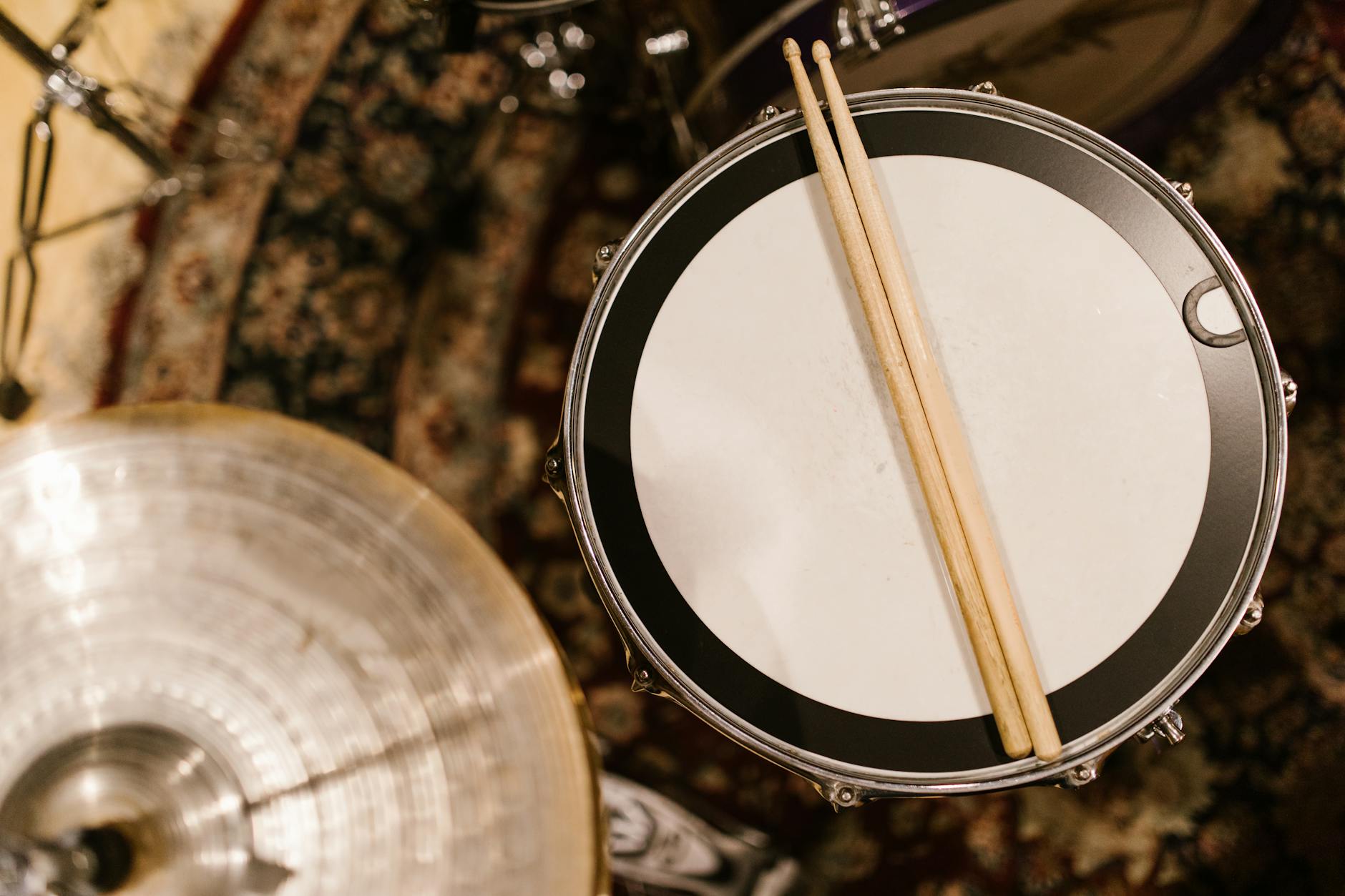The intricate sonic landscapes of extreme metal are frequently misunderstood. Dismissed by some as a cacophony, it’s a genre rich in musical artistry, often overlooked by those outside the subculture. While I may still prefer the measured tempo of a Bach fugue over, say, a Cannibal Corpse track, even this old coffee aficionado can appreciate the undeniable skill involved. Let’s crack open the vault and examine what makes this genre tick, and the dedication of the musicians who create it.
The Technical Architects: Rhythm & Precision
At the heart of extreme metal lies a rhythmic intensity unlike anything else. Drummers are the unsung heroes, capable of delivering hyper-fast tempos and complex patterns that would make a metronome weep. Double bass drumming, a staple of the genre, requires incredible stamina and coordination. Blast beats, as they’re known, are a relentless, almost inhuman flurry of snare, bass drum, and cymbal hits. A study published in the Journal of Human Movement Science highlighted the significant physical demands placed on drummers in extreme metal, noting the heightened heart rates and muscular fatigue experienced during performances [Source: ScienceDirect]. This isn’t just about speed; it’s about precision, control, and the ability to maintain a consistent pulse within chaos.
Guitarists are no slouches either. The tremolo picking, shredding, and complex chord progressions that are hallmarks of the genre show that metal players are not just loud, but technically very impressive. Many incorporate unconventional scales, time signatures, and extended techniques, pushing the boundaries of what’s considered musically possible on the instrument. Think of the intricate tapping of a guitarist like John Petrucci of Dream Theater, albeit channeled through a different sonic palette.
Vocal Extremes: More Than Just Grunts and Growls
The vocals in extreme metal are often the most challenging aspect for newcomers. The guttural screams, shrieks, and growls might sound like a series of caveman grunts, but there’s actually a surprising amount of control and technique involved. Vocalists employ various techniques, including false chord vocalization, to achieve their signature sounds. These techniques require significant training and control over the vocal cords. It can cause long-term health problems for vocalists who don’t know what they’re doing.
Consider the range and power required to sustain these harsh vocal styles across an entire performance. It’s a physical feat, demanding as much skill and endurance as any other instrument. The best vocalists use their voices as another percussive element within the music, shaping the sonic texture. Some may say they sound like they’re in pain, and they might be. But it takes practice. And some would consider me in pain just getting ready to grind my beans first thing in the morning.
Compositional Complexity: The Art of Sonic Sculpting
Extreme metal isn’t just about speed and aggression. It’s also about complex song structures and arrangements. Many bands create multi-layered tracks with intricate riffs, tempo changes, and unexpected twists. The use of dissonance, atonality, and unconventional harmonies is common, creating a sense of unease and tension that adds to the overall intensity. The genre is not only about speed and precision but also about creative expression and artistic vision.
Listen closely, and you’ll discover how many bands use complex song structures and arrangements to create a cohesive work. Many will incorporate extended instrumental sections, interludes, and passages that showcase the individual talents of each member, highlighting their skills as a unit. These are not just noise merchants. These are composers, and a well-constructed, layered piece can be as rewarding as a perfectly brewed cup of single-origin coffee.
A Genre in Constant Evolution
The metal scene is constantly evolving. As technology advances, musicians are exploring new ways to push the boundaries of sound, composition, and performance. The increasing use of digital instruments, complex recording techniques, and innovative approaches to songwriting allows for new expressions. A study published in Popular Music examined the evolving use of technology and its impact on the creation and consumption of metal music [Source: Cambridge University Press]. There are countless subgenres, from the technicality of tech-death to the atmospheric soundscapes of black metal, which allow bands to keep experimenting and evolving.
This constant evolution means that extreme metal remains a vibrant and dynamic art form, constantly challenging expectations and pushing the boundaries of musical expression. You’ll find there is a ton of diversity. If you don’t think so, I can write you a report and show you why.
As I ponder my next cup of Kenyan roast, I’m reminded of the many parallels between coffee and extreme metal. Both require precision, dedication, and a deep appreciation for the details. Both can be initially intimidating but offer immense rewards to those who delve deeper. Now, I’m off to grind my beans, but I’m not sure that it would be an experience you would survive without a little coffee.
And hey, if you’re still struggling to decipher the nuances of extreme metal, you might need something stronger than your average cup of joe.
And, if you’re in the mood for something that’s impossible to decipher, grab yourself the illegible coffee mug – you know, for those mornings when even your coffee is a mystery.
